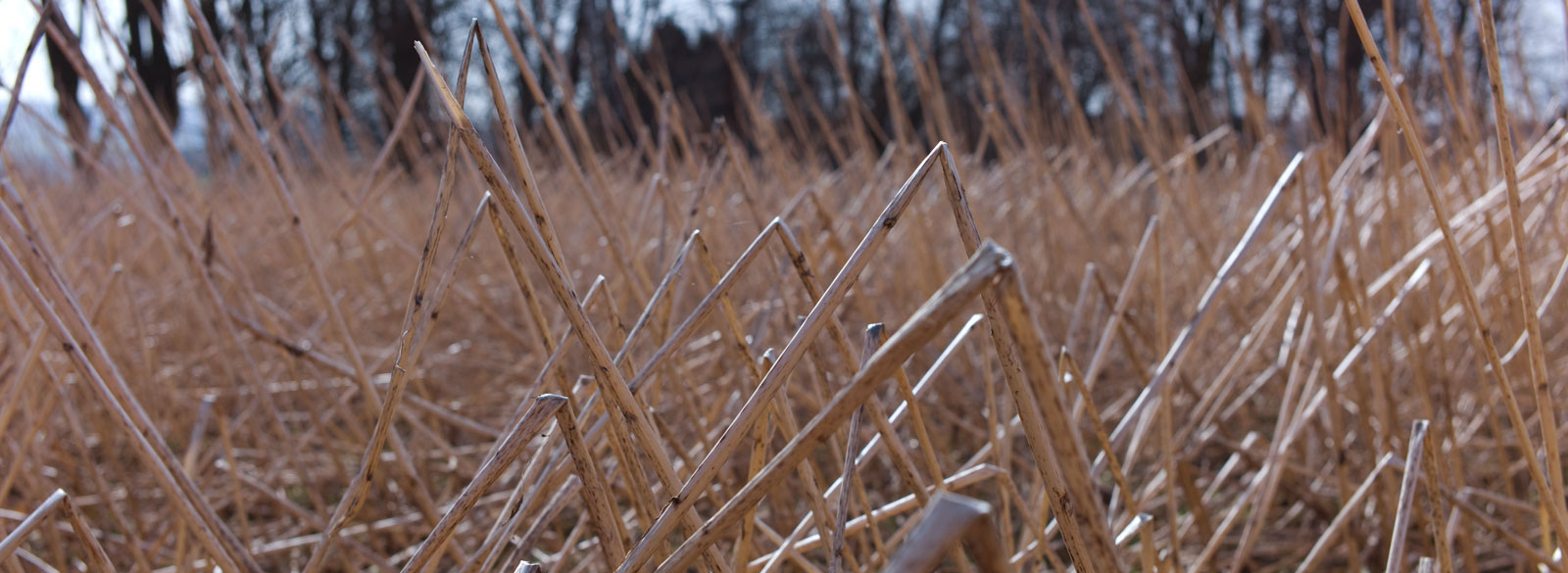governments against peace
20 - 12/21 /11:57
To the dismay of generals and governments, throughout the trenches stretching from the North Sea to Switzerland, in late December 1914 combatants lay down their arms to celebrate Christmas together in a spontaneous gesture of peace and goodwill.
Live and let live accommodations have occurred in many wars. None ever occurred with the scale, duration, or potential as when the shooting stopped on Christmas Eve 1914. That Truce offered an opportunity to retreat from war. But governments responded with denial and punishments, generals even made plans to subvert future truces.
Live and let live accommodations have occurred in many wars. None ever occurred with the scale, duration, or potential as when the shooting stopped on Christmas Eve 1914. That Truce offered an opportunity to retreat from war. But governments responded with denial and punishments, generals even made plans to subvert future truces.
In retrospect the Christmas Truce appears unreal, incredible in its intensity and extent. It seems impossible that governments were able to bury the Truce and continue inflicting carnage for nearly three more years. Like a dream, when it was over, soldiers wondered at it; but then obeyed orders to go on with the grisly duty.
Dismissed in official histories as an aberration of no consequence, that remarkable Truce happened. WW1 Major Sir H. Kingsley Wood even recounted his participation during a debate in the British House of Commons, March 1930. For the rival governments, which used war as politics conducted by coercive force, it was imperative to make even temporary peace unappealing and unworkable.
Sir H. Kingsley Wood claimed that if the soldiers had been left to themselves there would never have been another shot fired. The impromptu peace endangered every combatant government, threatening the elites with the kind of spontaneous movements that topple tyranny. For that reason alone, agents of government could not permit the Christmas Truce to gain momentum or spread, or to capture popular appeal back home.
After a silent night and day—although in many sectors the Truce lasted a week—soldiers were coerced to resume the war mandated by their governments. Subsequently that Truce has been buried by historians. Still the truth of Christmas 1914 was preserved in letters from soldiers on both sides of the front, most of whom would be killed—their voices conveniently silenced.
Stanley Winetraub (Silent Night) recounts how in December 1999 nine quirky re-enactors commemorated the Christmas Truce near Pledgedeer Wood in Belgium. Wearing makeshift WW1 uniforms and laboring in rain and snow, they dug trenches, built parapets, cooked rations and got soaked to the skin. They hosted curious onlookers and even a few from the media.
The last thing the re-enactors did was erect a large timber cross as a temporary mark of respect to the unsophisticated soldiers of WW1 who sought peace while trapped in government mandated war. Months later the nine re-enactors were astonished to learn that locals had treated their crude memorial with wood preservative and set it in a concrete base. Around the cross was planted a field of poppies that flourish each spring.
Across Europe governments erected hundreds of WW1 memorials to war. But no government has recognized the Christmas Truce. The only memorial to peace is some rugged timber erected by handful of re-enactors, and preserved by local villagers. That symbol proclaims the truth that genuine peace is available only via the old rugged cross. ~
Christmas Peace,
Dan Nygaard
Dismissed in official histories as an aberration of no consequence, that remarkable Truce happened. WW1 Major Sir H. Kingsley Wood even recounted his participation during a debate in the British House of Commons, March 1930. For the rival governments, which used war as politics conducted by coercive force, it was imperative to make even temporary peace unappealing and unworkable.
Sir H. Kingsley Wood claimed that if the soldiers had been left to themselves there would never have been another shot fired. The impromptu peace endangered every combatant government, threatening the elites with the kind of spontaneous movements that topple tyranny. For that reason alone, agents of government could not permit the Christmas Truce to gain momentum or spread, or to capture popular appeal back home.
After a silent night and day—although in many sectors the Truce lasted a week—soldiers were coerced to resume the war mandated by their governments. Subsequently that Truce has been buried by historians. Still the truth of Christmas 1914 was preserved in letters from soldiers on both sides of the front, most of whom would be killed—their voices conveniently silenced.
Stanley Winetraub (Silent Night) recounts how in December 1999 nine quirky re-enactors commemorated the Christmas Truce near Pledgedeer Wood in Belgium. Wearing makeshift WW1 uniforms and laboring in rain and snow, they dug trenches, built parapets, cooked rations and got soaked to the skin. They hosted curious onlookers and even a few from the media.
The last thing the re-enactors did was erect a large timber cross as a temporary mark of respect to the unsophisticated soldiers of WW1 who sought peace while trapped in government mandated war. Months later the nine re-enactors were astonished to learn that locals had treated their crude memorial with wood preservative and set it in a concrete base. Around the cross was planted a field of poppies that flourish each spring.
Across Europe governments erected hundreds of WW1 memorials to war. But no government has recognized the Christmas Truce. The only memorial to peace is some rugged timber erected by handful of re-enactors, and preserved by local villagers. That symbol proclaims the truth that genuine peace is available only via the old rugged cross. ~
Christmas Peace,
Dan Nygaard






